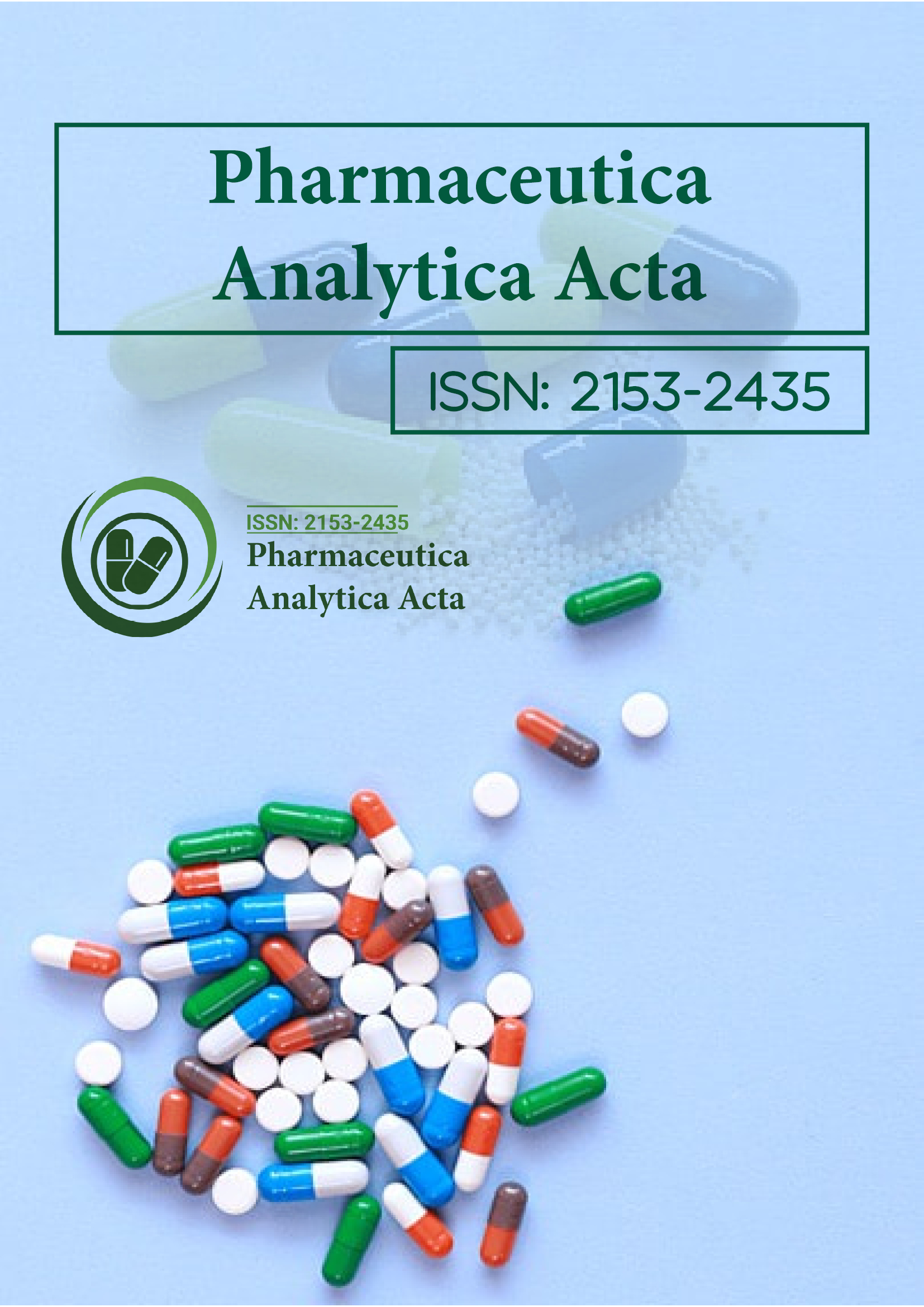インデックス付き
- Jゲートを開く
- Genamics JournalSeek
- アカデミックキー
- ジャーナル目次
- グローバル インパクト ファクター (GIF)
- 中国国家知識基盤 (CNKI)
- ウルリッヒの定期刊行物ディレクトリ
- レフシーク
- ハムダード大学
- エブスコ アリゾナ州
- OCLC-WorldCat
- パブロン
- ジュネーブ医学教育研究財団
- ユーロパブ
- Google スカラー
このページをシェアする
ジャーナルチラシ

概要
臨床実践のための抗生物質薬力学の最適化
ケビン・P・コナーズ、ジョセフ・L・クティ、デヴィッド・P・ニコラウ
グラム陽性菌とグラム陰性菌の耐性増加に対処するための新しい抗生物質がパイプラインに存在しないため、現在利用可能な薬剤の利用を維持するための新しい戦略が必要です。現在の抗菌薬管理ガイドラインで推奨されているように、抗生物質の薬力学を考慮して投与量を最適化することは、優れた抗生物質をさらに優れたものにするための強力なアプローチを提供します。抗生物質の濃度と微生物学的効力の関係と抗菌活性への影響に関する知識は、臨床現場で細菌の殺菌を最適化する投与計画の設計につながります。アミノグリコシドの活性は、最小発育阻止濃度 (MIC) に対する遊離薬物のピーク濃度の最大化に依存するため、より少ない頻度でより大量に投与することが、薬力学を最適化するためのゴールドスタンダード戦略になっています。対照的に、β-ラクタム系抗生物質の活性は、遊離薬物の濃度が MIC を超える時間を最大化することに依存します。これらの薬剤の持続的かつ長期の注入を含む多くのアプローチにより、この薬力学パラメータを最適化し、臨床結果を改善できます。このレビューでは、アミノグリコシド、β-ラクタム、およびその他のクラスの抗生物質に臨床的に適用される薬力学の概念について説明しました。
免責事項: この要約は人工知能ツールを使用して翻訳されており、まだレビューまたは確認されていません